
New research from IRF shows that high-performing companies motivate employees with incentive travel and gift cards more frequently than lower-performing companies.
According to a new white paper from the Incentive Research Foundation (IRF) and Insperity, top-performing companies use a variety of incentives to recruit, retain and motivate employees, but incentive travel and gift cards are most commonly used. It also found that non-cash incentives are most effective in improving employee performance and business results. The study, titled Driving growth through total rewardsAnalyzes how top-performing companies design and manage their total rewards programs to maximize employee performance.
The study examined multiple parameters, including organizational performance, culture and talent acquisition and retention, and the key outcomes that each individual reward element could deliver. The study also broke down the results by specific industries: professional services, healthcare, retail, finance, technology and manufacturing.
The most important insights from the white paper include:
- Non-cash rewards and recognition are key to reinforcing behaviors that drive business results. These companies also allow each department to determine the budget for non-cash rewards and recognition to ensure these incentives are properly directed toward their key business results.
- Top-performing companies use incentive travel and gift cards most frequently. While these top companies may reward fewer employees with travel incentives and gift cards, they spend more per employee on average than average-performing companies—averaging $1,500 per employee versus $915 for average-performing companies. This is especially true for sales employees: Top-performing companies have an average budget of $1,500 per sales employee, while average-performing companies have an average budget of $820 per sales employee.
- Top-performing companies use base compensation to recruit new talent, and they make sure to communicate available total compensation during the recruiting process and annual review period to help retain employees. Top-performing companies consistently communicate their total rewards strategy and compensation packages throughout the hiring cycle (recruiting, onboarding, and annual review), while average-performing companies do not.
Industry Specific Insights
In the industry-specific section, the white paper outlines some of the differentiating factors for different business areas.
Professional services: Top companies in this industry are more likely to communicate their total compensation strategy than most other industries—89% have done so at least once. They are also more likely to use noncash incentives to drive business results and offer higher incentive levels—$2,215 per employee, compared to $1,500 for average-performing companies.
healthyTop-performing healthcare companies also place a high priority on communicating their rewards strategy, with 91% doing so at least once. They also spend more than average performers, at an average of $2,900 per employee, compared to $300 per employee for average performers.
retail: While retail doesn’t talk about total rewards strategies as often as other industries, nearly half of retail companies do communicate these strategies during annual reviews. Retail companies are also more likely than other industries to use non-cash incentives, although these incentives tend to be lower per employee.
finance: Compared with standard performers in the industry, top financial companies tend to place more emphasis on total rewards upon joining, although there is no significant difference between top and standard financial companies in the proportion of employees receiving non-cash rewards.
technology: The highest performing tech companies reported significantly fewer employees receiving non-cash rewards (24% compared to 40% at standard performing tech companies).
manufacturing: Among high-performing manufacturers, fewer employees received incentives than among standard-performing manufacturers (25% vs. 35%, respectively), but those who did receive incentives received an average of about $600, compared with just $150 for standard-performing companies in the industry.
An interesting result of the study is that overall, both top and average performers tended to use less than 40% of their non-cash budgets. “The market has clearly recognized the impact of these programs, so plan owners and designers should focus on optimizing the design, engagement, and utilization of these business tools,” the report concludes.
You may also be interested in…
Four major travel incentive trends
7 Ways AI Helps Motivate Planners
IRF Study: Motivation Qualifiers Rank Group Travel as Top Motivator



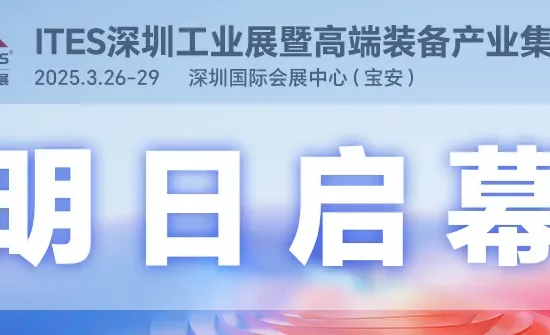


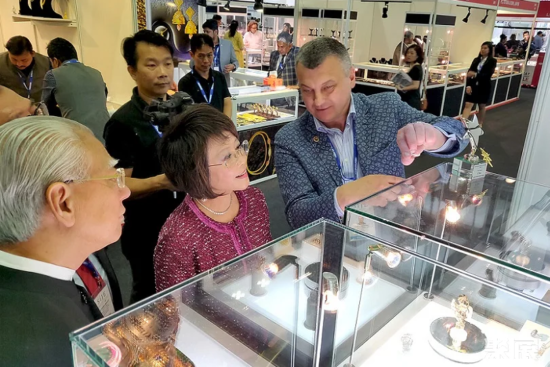
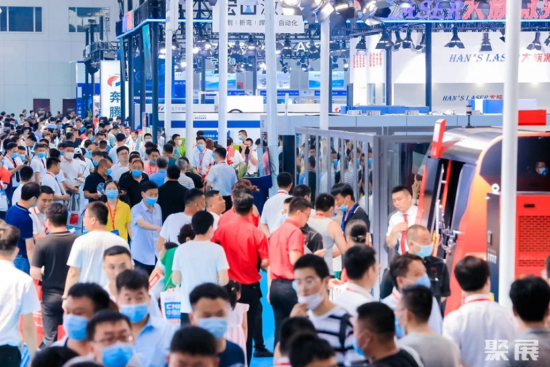
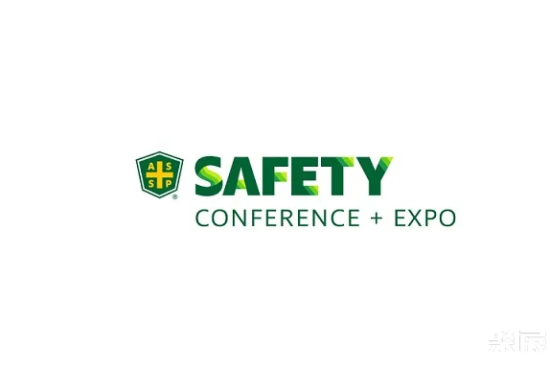
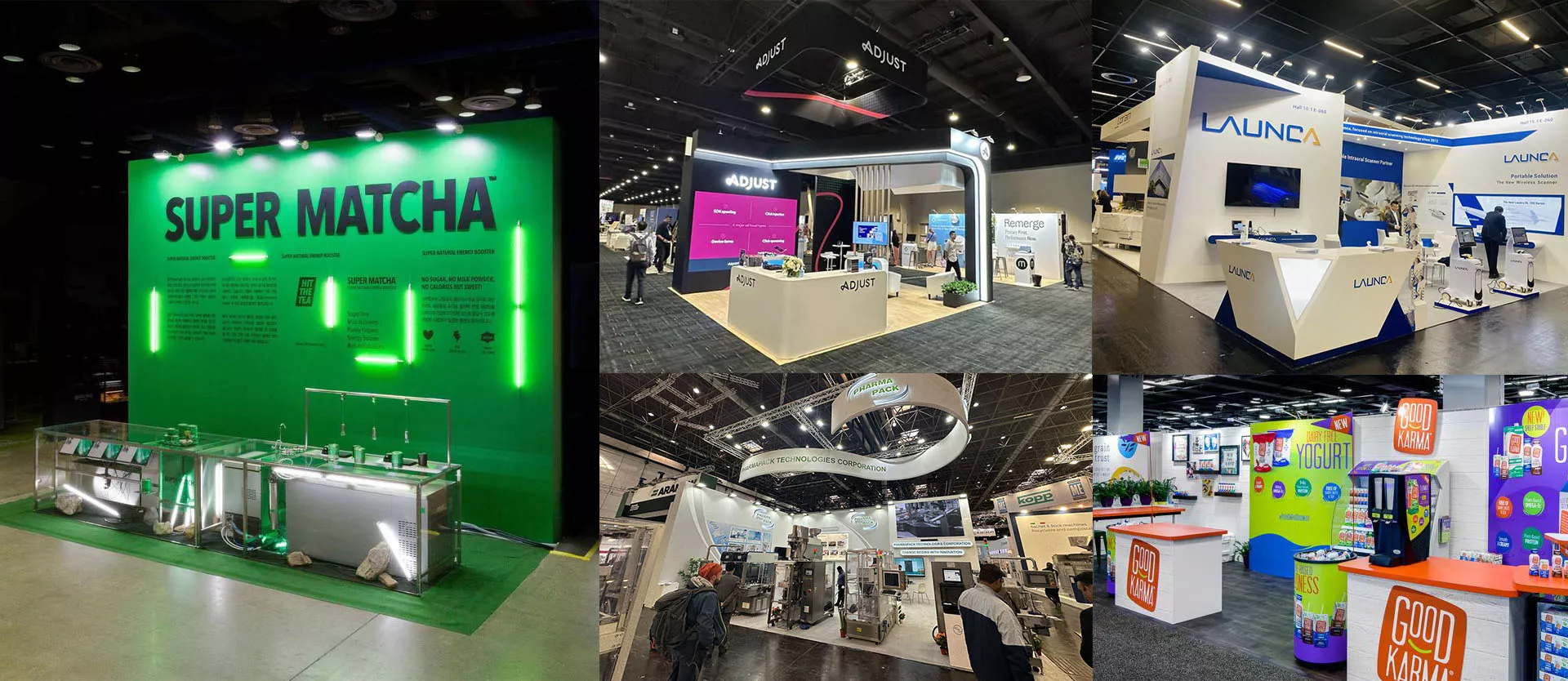
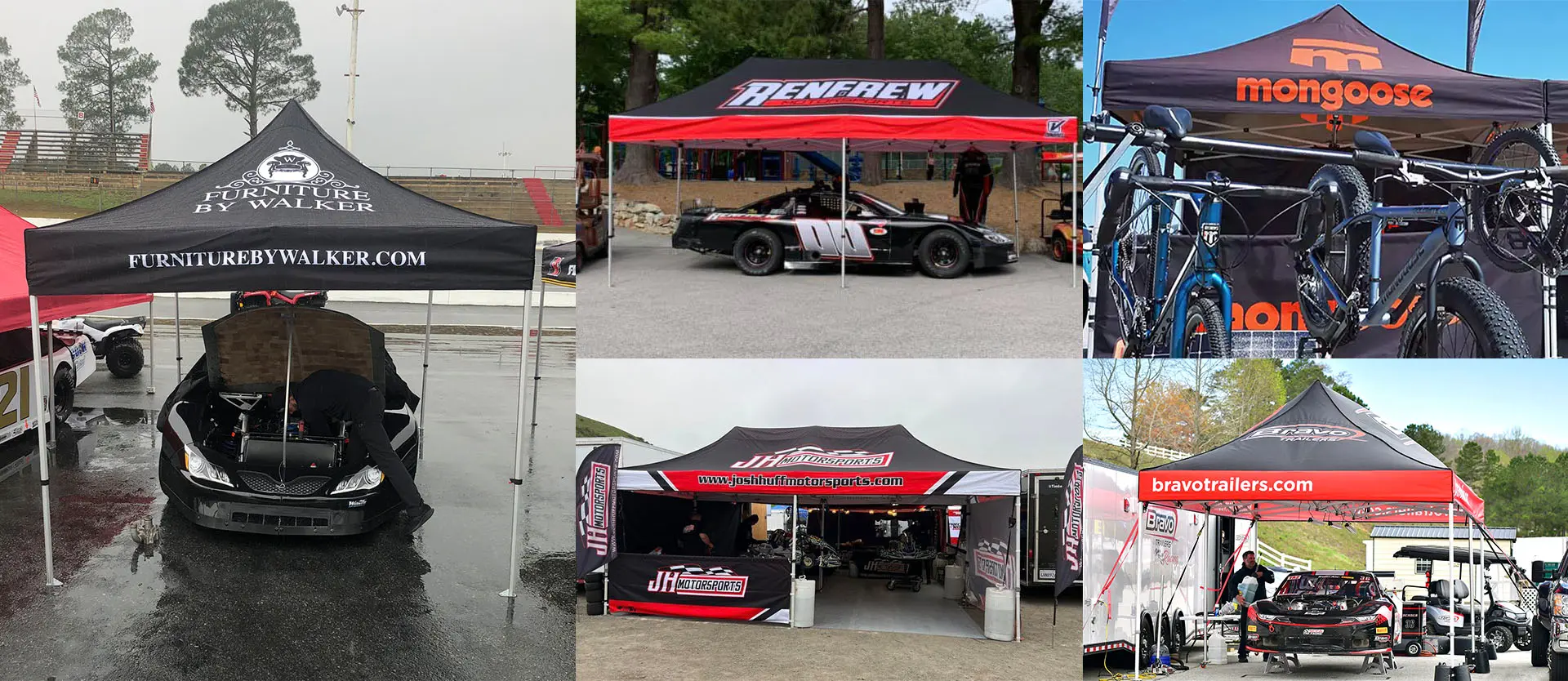
Leave a Reply Cancel reply
You must be logged in to post a comment.